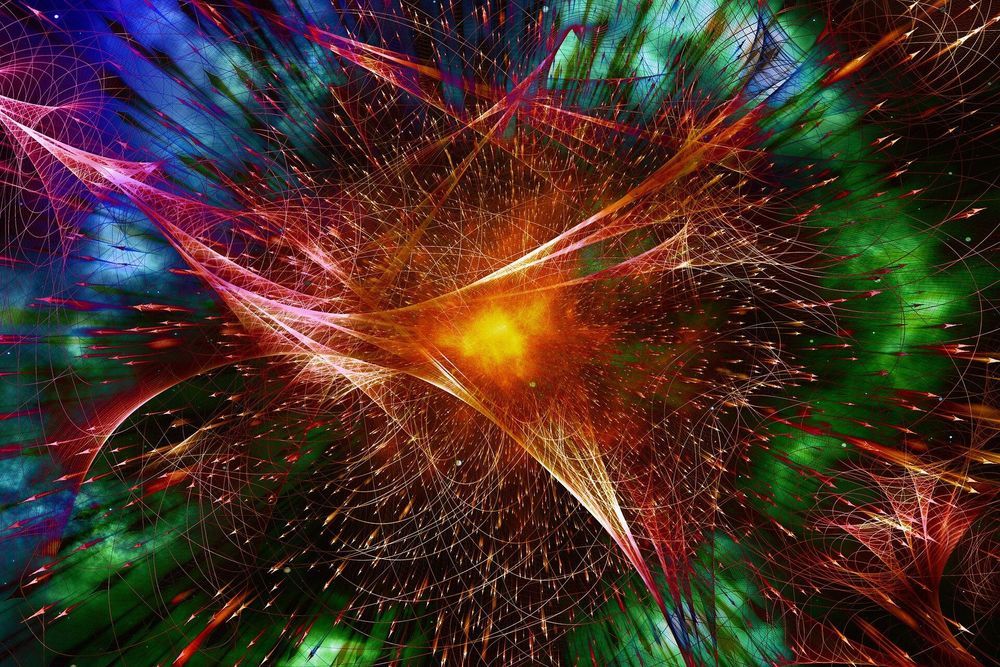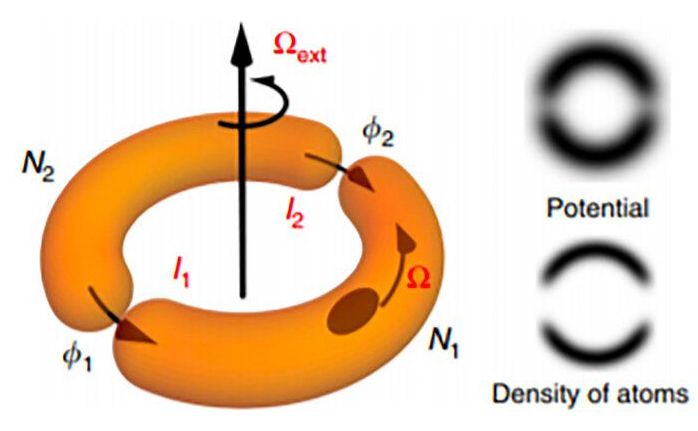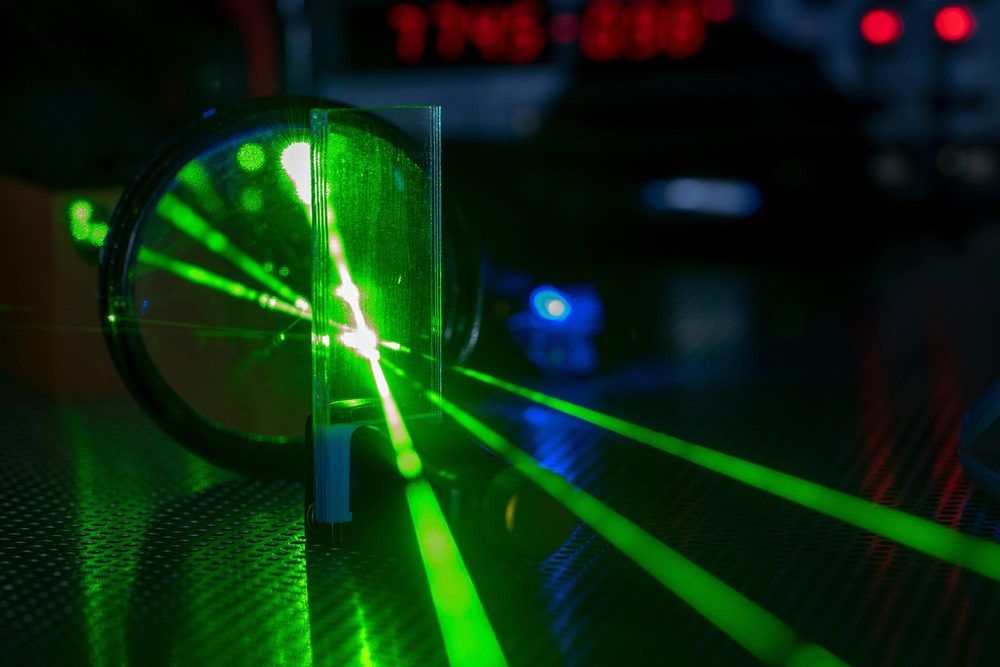An international team led by researchers at Princeton University has uncovered a new class of magnet that exhibits novel quantum effects that extend to room temperature.
The researchers discovered a quantized topological phase in a pristine magnet. Their findings provide insights into a 30-year-old theory of how electrons spontaneously quantize and demonstrate a proof-of-principle method to discover new topological magnets. Quantum magnets are promising platforms for dissipationless current, high storage capacity and future green technologies. The study was published in the journal Nature this week.
The discovery’s roots lie in the workings of the quantum Hall effect- a form of topological effect which was the subject of the Nobel Prize in Physics in 1985. This was the first time that a branch of theoretical mathematics, called topology, would start to fundamentally change how we describe and classify matter that makes up the world around us. Ever since, topological phases have been intensely studied in science and engineering. Many new classes of quantum materials with topological electronic structures have been found, including topological insulators and Weyl semimetals. However, while some of the most exciting theoretical ideas require magnetism, most materials explored have been nonmagnetic and show no quantization, leaving many tantalizing possibilities unfulfilled.








